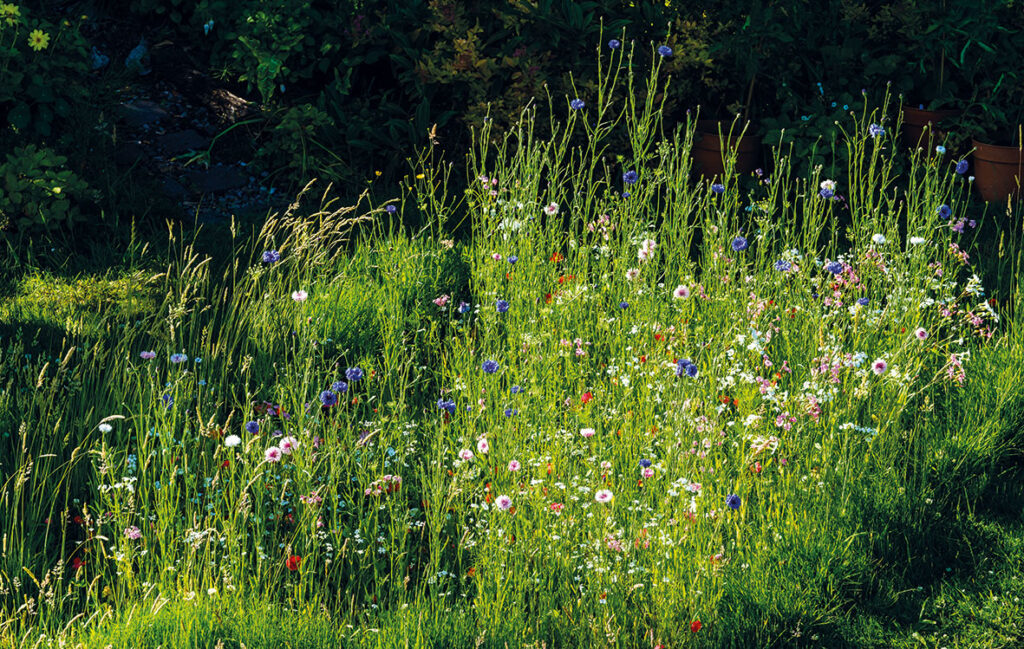Go wild for a bug’s life
Posted 19th June 2023
It doesn’t seem so long ago that we were advising you to tidy up the garden for the winter months, and here we are already looking towards the longest day of the year, on June 21.
Of course the arrival of summer means the garden is at its active best; with flowers, fruits and vegetables all lining up for inspection.
Together with the blooms and nature’s parlour, weeds also pop up everywhere, but their arrival is received less favourably. The easiest way to keep them down is to hoe your borders regularly in dry weather.
If you mow, lawns need to be cut weekly, but perhaps have a rethink for the moment.
If you leave the mower in the shed for a while, you’ll get more free time and our pollinating insects will flock to your garden to enjoy the wildflowers that start to spring up – and our wildlife needs all the help we can give it.
The charity Plantlife says we have more than 20 million gardens in the UK.
Every one that is left to flourish will make a difference to the climate, and for our insects like bees and butterflies.
Common plants recorded by Plantlife last year which benefited from mow-free times included creeping buttercup, white clover, oxeye daisy and yellow rattle.
We all have a responsibility to play our part in giving a space back to nature, and No Mow May was just the beginning.
If you have a greenhouse, it will likely be bursting with good things, but if you fail to introduce shading and ventilation, all your hard work will wilt and die; plants need humidity, shading and air circulation. Netting and blinds are widely available and worth the little investment.
With temperatures rising and plants to nurture, watering is key, but climate change and increasing demand on H20 is having an effect on supplies in the UK.
Plants start to use water when the sun rises, so watering in the morning is ideal; evening watering isn’t as effective and encourages our garden gastropods.
If you soak them when temperatures are at their hottest, much will be lost through evaporation. How often and how much you water depends on the plant of course; heed the advice on your care labels and learn to ‘read’ your plant. Too much or too little and it will let you know.
Rainwater will always be the preferred choice for gardeners. If you can, introducing a water butt to your garden is ideal, although it won’t pay dividends quite yet!
